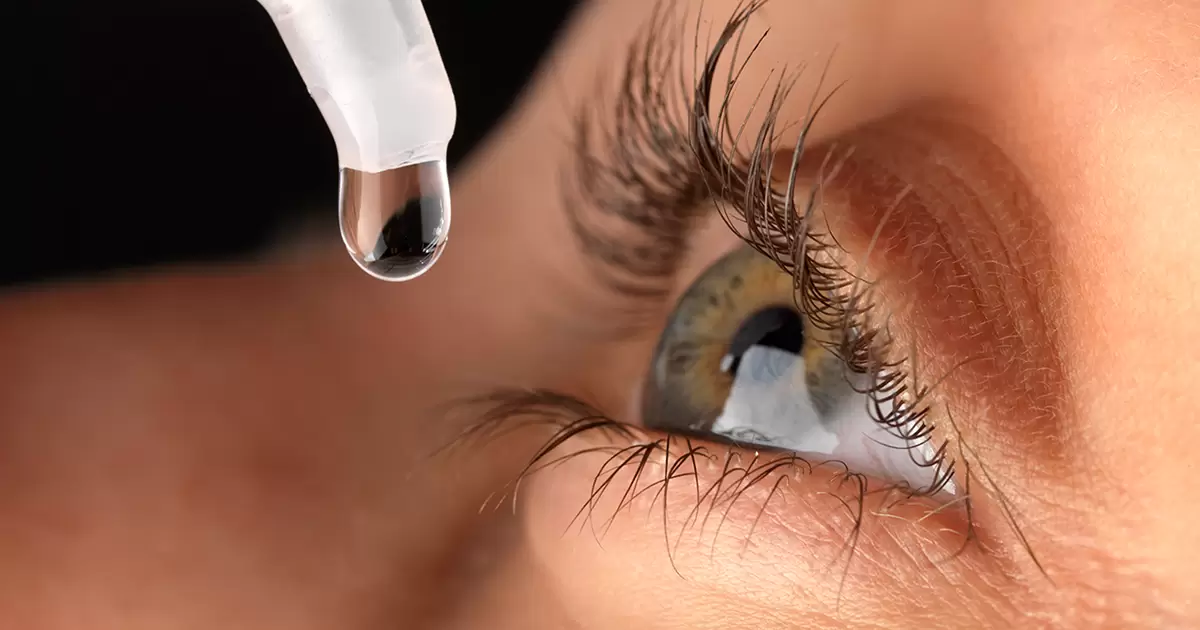
Cataract surgical treatment with phacoemulsification and intraocular lens (IOL) implantation is one of the most common and effective methods in eye surgery. This method of treatment is used in cases where the natural lens of the eye becomes cloudy and causes reduced vision. Below are the details of this treatment method:
Details of Procedure
1. Preparation and Anesthesia
Before the operation, local anesthetic drops are applied to the patient, which ensures the absence of pain during the procedure. In some cases, mild sedation may also be administered to help the patient relax.
2. Small incision in the cornea
The surgeon makes a very small incision in the cornea at the front of the eye. This incision is approximately 2-3 mm in size and allows surgical instruments to enter the eye.
3. Capsulorhexis
The surgeon opens the capsule of the eye's natural lens and makes an opening to remove the cloudy part of the lens. This step is done carefully to preserve the structural integrity of the capsule.
4. Phacoemulsification
In this step, a device called a phacoemulsifier is used. The tip of the device vibrates inside the eye, creating ultrasound waves and turning the cloudy lens into liquid. This liquefied lens is broken up, aspirated (sucked) and removed from the eye.
5. IOL Implantation
After the cloudy lens is removed, a synthetic intraocular lens (IOL) is placed in its place. This lens is inserted into the eye as a small coil, where it unfolds and snaps into place in the capsule of the lens. This new lens restores vision.
6. Closure of Incisions
Small incisions close by themselves and do not require additional stitches. Since these incisions are very small, healing is quick and painless.
Advantages and Benefits
Minimal Invasiveness: Using small incisions and high-tech devices ensures that the operation is minimally invasive.
Short Recovery Time: After the procedure, patients can quickly return to their normal lives.
High Vision Recovery: IOLs significantly improve the quality of vision of patients and eliminate blurring.
Reduced Risk of Complications: The phacoemulsification method carries a lower risk of complications than traditional methods.
Clearer Vision: As a result of this surgery, patients get clearer and sharper vision.
Postoperative Care
After surgery, patients are usually given the following recommendations:
Regular Drops: Eye drops are used to prevent infection and speed up the healing process.
Eye Protection: Special goggles or a shield are used to protect the eye from physical effects for a certain period of time after the operation.
Doctor's Examinations: After the operation, regular examinations by the ophthalmologist are performed to monitor the healing process and detect any complications early.
Recovery of vision after surgery
Patients usually notice a significant improvement in their vision a few days after surgery. Full recovery may take several weeks. During this period, it is very important to follow the instructions given by the doctor and go to the scheduled examinations.
The result
Cataract treatment with phacoemulsification and IOL implantation is one of the most effective and reliable methods of modern eye surgery. Thanks to this method, patients recover their vision quickly and safely, and significantly improve their quality of life.